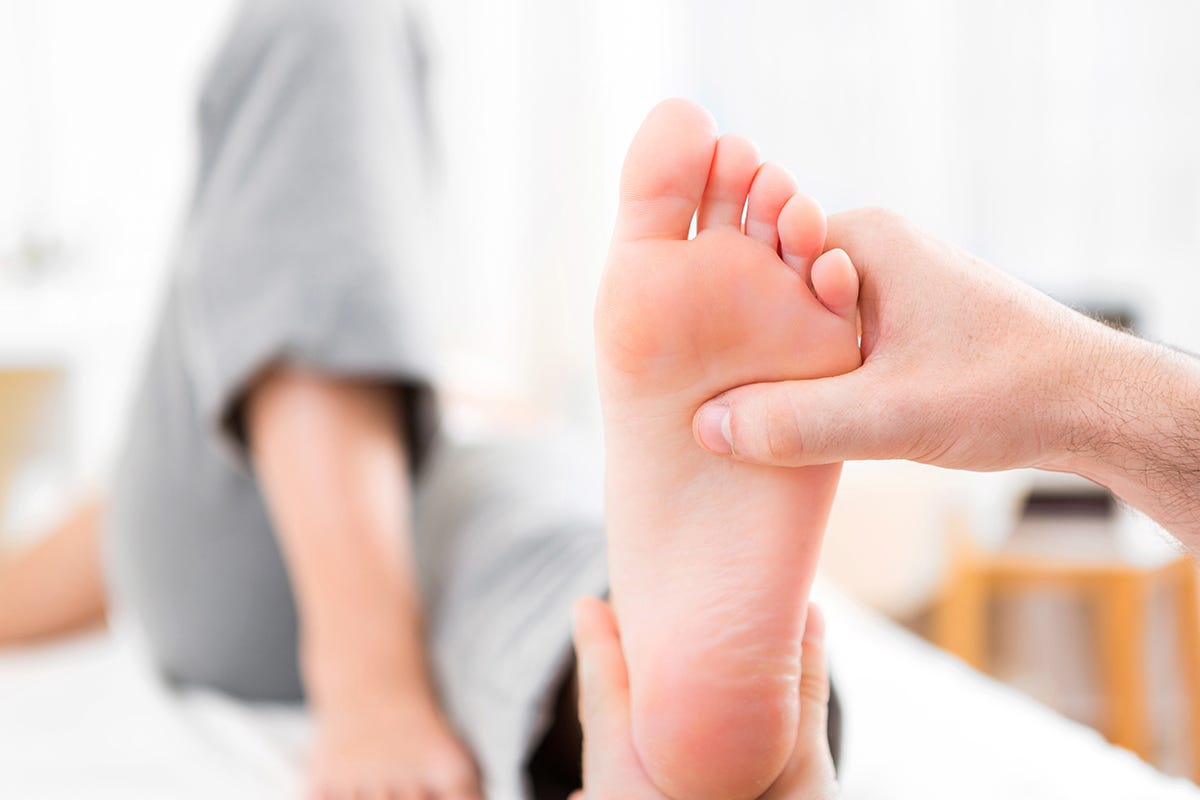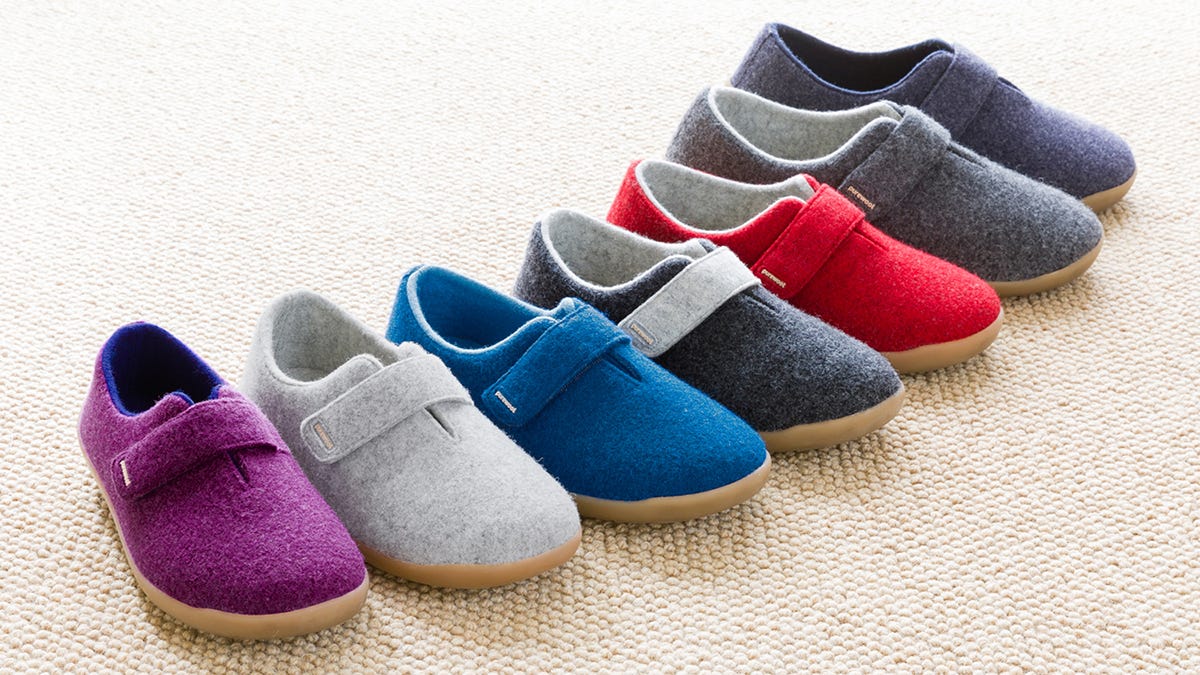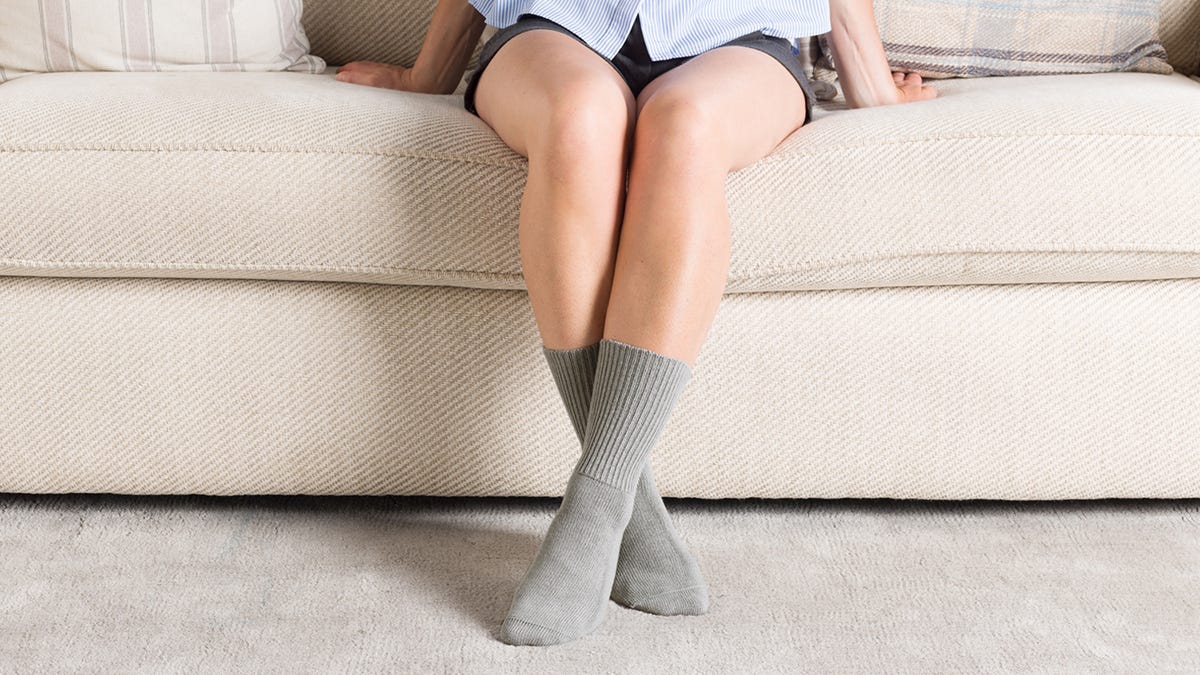Diabetes Week is an annual UK-wide initiative devoted to raising awareness of diabetes and raising money to help fund research into the condition.
Set up by British charity group Diabetes UK, Diabetes Week is the annual focal point for the charity’s diabetes awareness, campaigning and fundraising activities.
With 3.5 million people diagnosed in the UK and a further 549,000 who have the condition but don't yet know it, most of us know a friend or family member living with diabetes. This shows how important it is that people are educated in how to self-manage it, prevent complications and support those affected.
What is diabetes?
Diabetes is a condition that occurs when the amount of glucose in your blood is too high, which means the body cannot use it properly. This is because your pancreas doesn’t produce any insulin, or not enough insulin, to help glucose enter your body’s cells – or the insulin that is produced does not work properly (known as insulin resistance).
There are 2 main types of diabetes; Type 1 and Type 2.
Type 1 diabetes is where the body fails to produce insulin. The hormones help glucose to enter cells where it provides the body with energy. Without insulin, the sugar level in the blood rises to much higher levels than would be found in a normal individual. This type usually affects younger people, appearing before the age of 40, and is treated by insulin injections.
Type 2 diabetes is where the body continues to produce insulin. However, either not enough is made or the insulin produced is not recognised by the body and so cannot produce its effect. The biggest cause of this ‘insulin resistance’ is obesity, therefore overweight people are more at risk of developing type 2. This type usually affects older people, appearing after the age of 40.
How does diabetes affect the feet?
- Circulation can be affected by diabetes and lead to reduced arterial supply to the foot. This can lead to intermittent claudication (a cramping feeling in the leg when walking), poor healing of wounds or lesions of the foot and increase the risk of infection.
- Feeling or sensation can be adversely affected by diabetes, the unstable blood sugar levels over time can lead to damage of the peripheral nerves of the feet. This leads to the experience of numbness and loss of feeling. This puts the feet more at risk of injury as the person can’t feel their feet as well. In more serious cases the foot can lose all sensation and then the feet have to be checked visually as the feeling sensation is absent.
- Wound healing can also be affected by diabetes. The unstable blood sugar levels coupled with the two factors outlined as above make wound healing slower and more at risk of complications such as infection.
The importance of healthy fitted footwear
Ill-fitting wide shoes can cause damage to the feet of people who have diabetes due to neuropathy. Neuropathy can cause loss of sensation in the feet which means the damage can go unnoticed.
If shoes are too narrow, tight or loose, they can cause blisters or ulcers which can be slow to heal and lead to infections. Therefore, it is important to have comfortable, correctly fitting extra wide fit shoes. A podiatrist can advise more information about this, but here are some tips:
- Beware of choosing shoes that are too tight as the increased pressure of tight shoes can make them feel the right size.
- Feet get larger and broader in older people, but many people often continue to buy the same size. One study showed that a third of the people surveyed said they took a different shoe size from the one they were wearing, probably due to the fact that shoes sizes vary from maker to maker.
- Before buying footwear, run your fingers inside to check for anything that may harm. Look for styles that have minimal seaming to help prevent rubbing which could lead to foot sores.
- After buying a new pair of shoes, wear them for 2 hours at first, then inspect your feet for pressure marks or irritations. A hand mirror is useful to ensure that all parts of the feet can be examined. Gradually build up the wearing time.
Products to help with diabetes
Enjoy blissful comfort with our diabetic-friendly products here at Cosyfeet.
Made from soft, pure wool, this is an exceptionally comfy slipper. Designed to fit swelling and problem toes, and virtually seam-free, it’s a pleasure to wear if you have sensitive feet.
The foot-shape design combined with the softness of pure wool make this an exceptionally comfy slipper. Virtually seam-free, and with lots of underfoot comfort, it’s a pleasure to wear if you have sensitive feet.
Cosset your feet in comfort and discover our full range of Purewool™ footwear.
These stretchy, lightweight socks use Coolmax® technology to keep feet fresh, dry and healthy. The soft cuff gently grips the leg while the smooth toe-seam adds to the overall comfort. Also available in standard fitting.
Made from the finest combed cotton, this ultra-comfy sock is specially formulated to protect vulnerable feet against irritation, chafing or pressure which can cause sores and ulcers.
See our full range of diabetic-friendly socks.
How to show your support?
Each year this charity calls on people to share straight talking stories, facts and videos online to let everyone know the truth about diabetes and raise awareness.
Hundreds of events and fundraising activities will take place across the UK to mark Diabetes Week, including running, swimming, cycling and walking events. This will include a fundraising effort from the team at Diabetes.co.uk.
To find out more about diabetes and the charity, go to www.diabetes.org.uk.




